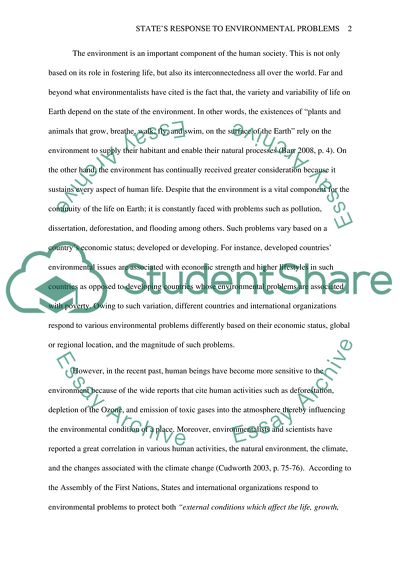Cite this document
(In What Ways Do States and International Organizations Respond to Research Paper, n.d.)
In What Ways Do States and International Organizations Respond to Research Paper. Retrieved from https://studentshare.org/environmental-studies/1771840-in-what-ways-and-with-what-effectiveness-do-states-and-international-organizations-respond-to-environmental-problems
In What Ways Do States and International Organizations Respond to Research Paper. Retrieved from https://studentshare.org/environmental-studies/1771840-in-what-ways-and-with-what-effectiveness-do-states-and-international-organizations-respond-to-environmental-problems
(In What Ways Do States and International Organizations Respond to Research Paper)
In What Ways Do States and International Organizations Respond to Research Paper. https://studentshare.org/environmental-studies/1771840-in-what-ways-and-with-what-effectiveness-do-states-and-international-organizations-respond-to-environmental-problems.
In What Ways Do States and International Organizations Respond to Research Paper. https://studentshare.org/environmental-studies/1771840-in-what-ways-and-with-what-effectiveness-do-states-and-international-organizations-respond-to-environmental-problems.
“In What Ways Do States and International Organizations Respond to Research Paper”, n.d. https://studentshare.org/environmental-studies/1771840-in-what-ways-and-with-what-effectiveness-do-states-and-international-organizations-respond-to-environmental-problems.


